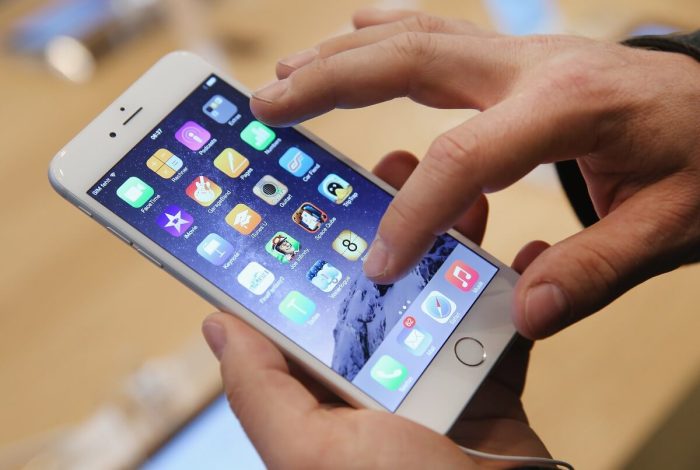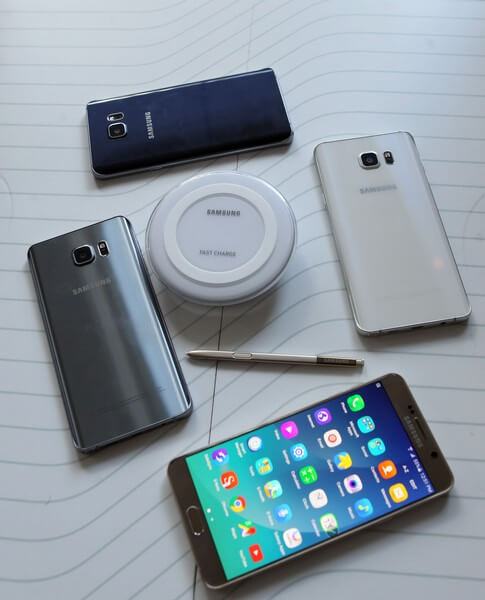Scientists have developed a ‘self-healing’ material that could be ready to fix broken smartphone screens within the next three years. Duncan Wass and his team at the University of Bristol patented a carbon-based healing agent that, when a crack appears on a surface, exudes a liquid to fill up the gap. Wass’s novel invention could be also used to ‘self-repair’ damaged aeroplane wings in mid-flight. Metro spoke to Wass on his revolutionizing product and how he was inspired by the way the human body ‘self-heals’. Q: A ‘self-healing’ carbon material – sounds very sci-fi. Where did you get the idea for it?
Q: How does it actually works?
– We incorporate tiny capsules that contain a liquid healing agent into the material we want to self-heal. We also add a chemical called a catalyst which triggers the hardening of the liquid healing agent. If the material gets damaged with a crack, it ruptures the tiny capsules, the liquid healing agent leaks out, and comes into contact with the catalyst. This causes the healing agent to harden – literally gluing the crack back together. Q: What’s this material made of?
– Carbon fibers and a resin that glues the fibers together. Our healing agent, after is has been hardened, is exactly the same as glue material. The microcapsules themselves have a hard outer shell and a liquid interior. But they are so small that to the human eye they just look like white powder. Q: What are its applications?
– It could self-heal a smartphone screen, although we are also interested in carbon fibre materials that are used in airplanes. Cracked screens are a big problem but there’s still more to do in that area. As you might imagine, getting a material which still has good transparency when repaired is very challenging. Q: Would you describe this material as a revolution?
– If our technology gets adopted then it could be. At present, materials are ‘over-engineered’ to withstand any likely damage – this uses more material than we actually need, adding to cost and weight. Imagine if humans had evolved to withstand any damage – we would need skin as thick as a rhinoceros. If a material can heal itself it can be lighter and thinner, so our cars and planes can go faster and use less fuel. And that could revolutionize how we use materials. Q: What’s next?
– We are some years away from real self-healing wings of planes. But I think we could start to see this available for consumer applications, in sports equipments, for example, in the next two or three years. Some healing technology is coming on the market; car manufacturers are talking about self-repairing paints. I predict in the next few years we’ll see more and more examples of it being applied.

TECH: Future smartphone screens will repair themselves when damaged

Flickr, Creative Commons
























